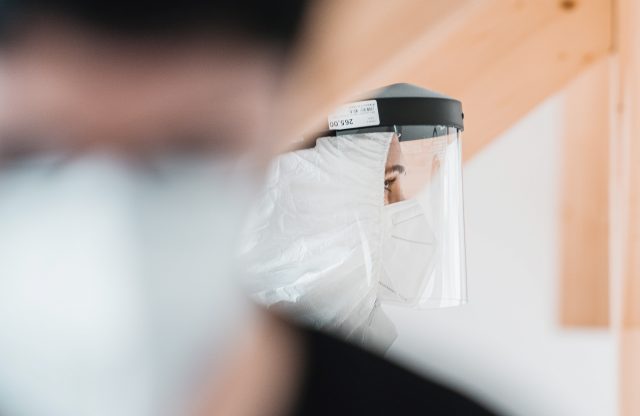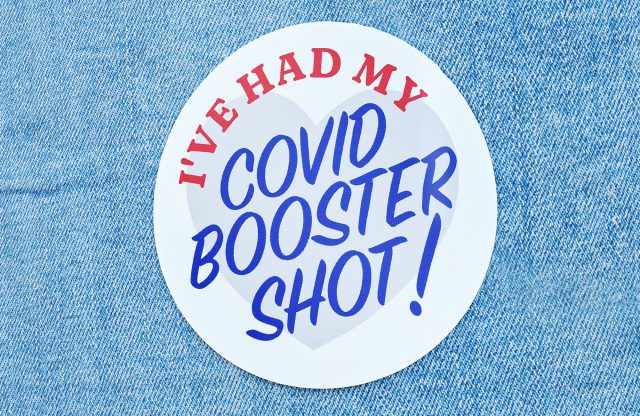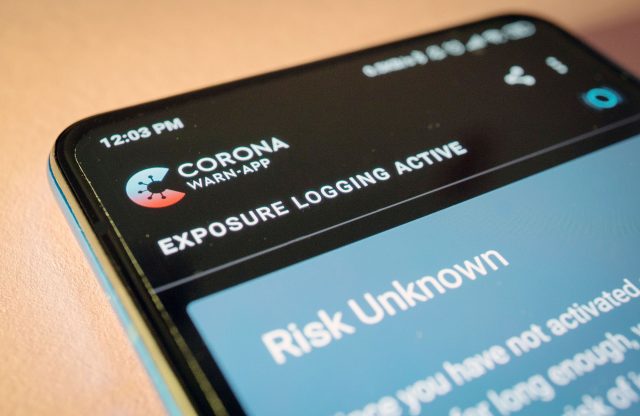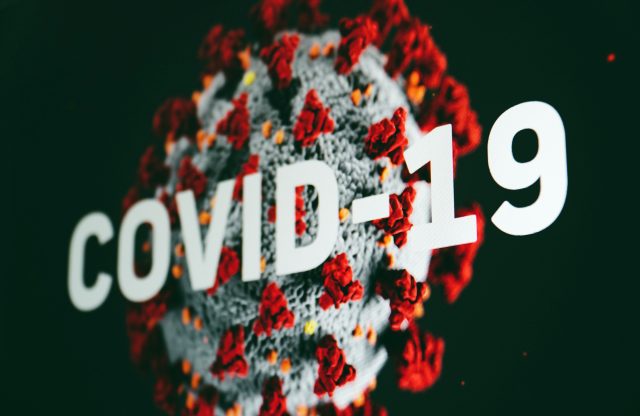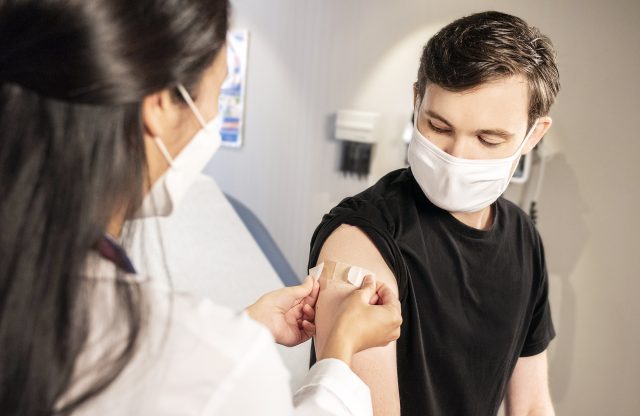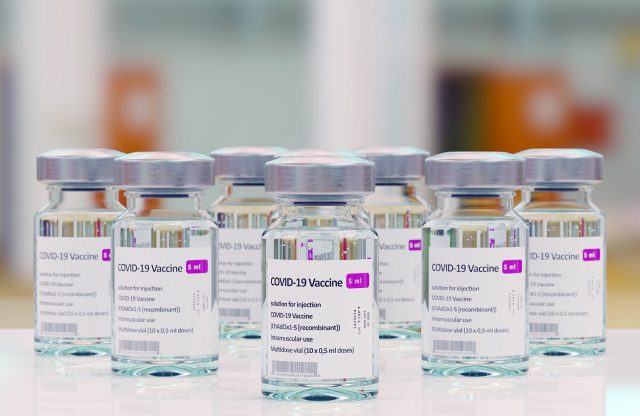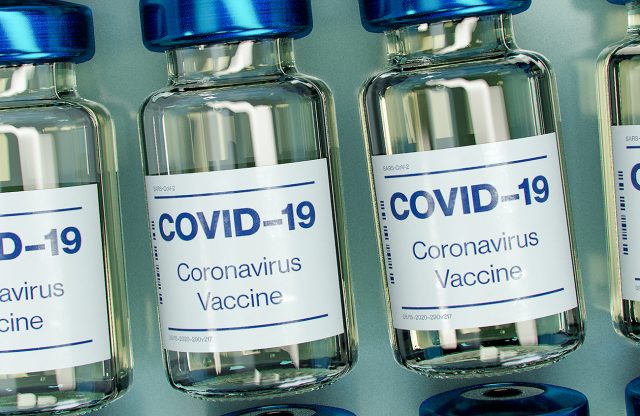Dr Robert Hess: Weekly Omicron Update

Dr Robert Hess – 12/11/2021
Dr Robert Hess: Weekly Omicron Update
Teams of researchers around the world are working hard to understand the new Omicron variant of the coronavirus. It is the most highly differentiated among the five variants that have so far qualified for the World Health Organization classification “variant of concern” since the pandemic began.
The number of cases in South Africa has risen rapidly to nearly 20,000 per day since the country first reported the discovery of Omicron two weeks ago. In the weeks leading up to that, the number of COVID-19 cases in the country had remained relatively low, even though only 26% of the population was fully vaccinated. With a vaccination rate of under 30% and many South Africans having most likely been infected naturally at some point, it will be interesting to see if the same rapid rise in cases occurs in countries with a high take-up of mRNA vaccines.
There are three important questions, the answers to which will indicate the likely impact of Omicron on countries around the world. How transmissible is this new variant of coronavirus?
How well is it able to evade the antibodies and T‑cells that make up the immune defenses of both the vaccinated and unvaccinated? And what is the probability that an infection with Omicron will be severe, resulting in the hospitalization and possibly death of an infected person?
How easily does Omicron spread?
The Omicron variant spreads more readily than the original “wild type” SARS CoV-2 virus first identified in Wuhan. This is already evident from the numbers coming in from all around the world. How easily Omicron spreads compared to Delta is not yet clear. According to a study by Professor Hiroshi Nishiura of the Health and Environmental Sciences Department at Kyoto University in Japan, who specializes in mathematical modeling of infectious diseases, the Omicron variant of COVID-19 is 4.2 times more transmissible in the early stages than Delta – a finding that is likely to confirm fears about the contagiousness of the new strain.
Furthermore, scientists believe that anyone infected with Omicron can transmit the virus to others, even if they are vaccinated or have no symptoms.
Will Omicron cause more severe disease progression?
More data is needed to assess whether Omicron infections – especially reinfections and breakthrough infections in individuals who are fully vaccinated – cause more severe disease or death than infections with other variants. There are fears that Omicron could cause more damage around the world than Delta, and the WHO has warned that outbreaks with “severe consequences” could occur. However, the surge in cases in South Africa following the emergence of the variant in the country has not yet led to hospital overload, so there is currently a degree of confidence that Omicron will not trigger more severe courses of the disease. However, it is important to note that the first reported cases involved university students – younger people whose lifestyle exposes them to greater risk of infection – so it will be days to weeks before the severity of the Omicron variant is fully known. There is no information as yet to suggest that the symptoms associated with Omicron are different from those of other variants.
Do vaccines work against Omicron?
The current crop of vaccines are expected to offer a certain percentage rate of protection against severe illness, hospitalization and death due to infection with the Omicron variant. Studies are being conducted around the world to establish the actual level of protection. Moderna and Pfizer/BioNTech are currently testing their existing vaccines against the Omicron variant with a view to modifying them if the results should prove disappointing.
To study the effectiveness of a vaccine against a particular variant of Sars-CoV-2, researchers typically carry out what are called “neutralization tests”. They look to see how many antibodies a vaccinated person has in his or her blood that can bind to the viral variant and thus eliminate it. However, the true protection status of vaccinated persons cannot be completely determined in this way; clinical studies involving several thousand volunteers are needed, or evaluations of the speed at which the disease is spreading.
Last Wednesday, Sandra Ciesek, a virologist at Frankfurt University Hospital, published initial results showing a significantly reduced antibody response to the new Omicron variant. According to Ciesek, the data lends weight to the suggestion that the development of a vaccine specially adapted to Omicron is the way ahead. On Tuesday, South African experts had already presented similar data showing a weaker antibody response to Omicron in vaccinated individuals. Researchers at the Africa Health Research Institute in South Africa released preliminary data on the effectiveness of the BioNTech/Pfizer vaccine against Omicron. The results suggest that the viral variant escapes the antibody response of twice-vaccinated individuals, whereas a third booster jab neutralizes the new variant. Antibody levels against the Omicron variant are as high after booster vaccination as they are against the wild type after two doses. In vaccinated individuals who had also been infected at some stage, a substantial antibody response was also measurable.
Scientists emphasize that Omicron still relies on the same biological mechanism as the other corona variants to attack human cells. Consequently, T-cells and antibodies continue to have a protective effect. If it turns out that the efficacy of vaccines against Omicron falls below 50%, then this variant would come under our definition of a “super mutant”. We will present scenarios for this again as more data become available.
Breakthrough infections in people who are fully vaccinated can still be expected.
Will therapies and treatments work against Omicron?
Scientists are seeking to determine how well existing treatments work against COVID-19. Because of Omicron’s altered genetic profile, it is likely that some treatments will remain effective, while others may be less so.
What are the vaccine manufacturers saying?
On Wednesday, Moderna CEO Stephen Hog announced that his company could have a COVID-19 booster vaccine targeting the Omicron variant tested and ready for approval in the USA as early as March. Moderna said in a statement that booster vaccines with genes that specifically target mutations in the newly discovered Omicron variant would be the fastest way to address the reduction in vaccine efficacy which the variant is expected to cause. The company is also working on a multivalent vaccine that would target up to four different coronavirus variants, including Omicron.
Moderna, as well as Pfizer/BioNTech, have already started to work on the further development of their vaccines. How long it will take for these to be approved is as yet unknown. Given previous guidance from the U.S. Food and Drug Administration, which requires mid-stage clinical trials, the process could take three or four months. According to Stephen Hoge, the Omicron-specific boosters will not realistically be ready for rollout until March or possibly the second quarter – unless, of course, the FDA changes its guidance on the data needed for approval.
One dilemma we currently face is whether to recommend a booster jab with one of the existing vaccines or to wait. And how can we prevent the emergence of more virulent pathogens in the future?
The data on the risk posed by the Omicron variant is gradually building up and becoming clearer. Nevertheless, based on what we know so far, booster vaccinations provide relatively good protection, if not against an actual infection, then definitely against severe disease. Moreover, this is for the moment our only proven effective weapon in the fight against the virus. Scientific opinion is that an x-fold reduction in neutralizing activity does not necessarily mean that a vaccine is x times less protective. The actual loss of immunity is much less, and the triple vaccination is the best protection we have.
New vaccines are not expected until after the winter wave washes over the northern hemisphere, so politicians continue to push the booster programs. However, if the FDA and other regulatory agencies change their rules, the process of approving a new, more effective vaccine against Omicron could be significantly accelerated. We expect to have more information and data on this in the run-up to Christmas, so for now, we are adopting a wait-and-see approach, especially for our clients who are under no particular time pressure as regards boosting and are reasonably well placed in terms of antibody count and T-cell immunity.
Another matter that concerns us is how new mutations and vaccination regimes should be dealt with in the future. Some scientists believe that vaccines and the mass distribution of them in industrialized countries could lead to the emergence of even more virulent pathogens. Conventional wisdom holds that natural selection eliminates highly lethal pathogens, as the death of the host greatly reduces transmission to other persons. Vaccines that keep the host alive but still allow transmission could therefore enable highly virulent strains to circulate in a population. The data that we have accumulated so far shows that vaccines against diseases that do not prevent transmission can create conditions that favor the emergence of pathogen strains capable of causing more severe disease in unvaccinated hosts.
Importantly, most vaccine experts agree that current vaccines still protect against severe disease and death in the event of Omicron infection. Thus, we are not left completely defenseless. However, once again, timing is critical here in deciding whether to boost now with one of the vaccines already available or to wait and boost with a next-generation vaccine. We know from our private sources that vaccine adaptation will be on a far greater scale than previously assumed. In addition, the definition of “fully vaccinated” status will be expanded from double vaccination to triple vaccination. We will be weighing this carefully over the next few weeks and will keep you updated.
We wish to reiterate that my Premium clients can contact us at any time if they have any concerns regarding booster vaccination or vaccination status or if a change is pending. We only give out highly individual recommendations in this regard – a refinement in procedure that is currently gaining more and more relevance.
